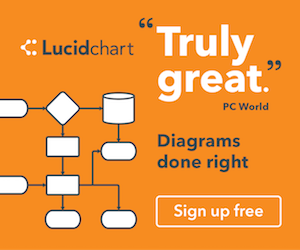10 Most Useful Tools For Business Analysts
/As a practising BA Consultant for the past 25 years, I have come across many business analysis tools. I was forced to use some of these tools because my clients and organizations where I worked required me to. I do read about a lot of blogs and articles on the subject of which business analysis tool is used most extensively in industry. Many of them appear to be simple marketing propaganda by the tool vendors (or copy paste from someone else’s blogs) touting which particular tool is the greatest for business analysts.
Read More



















